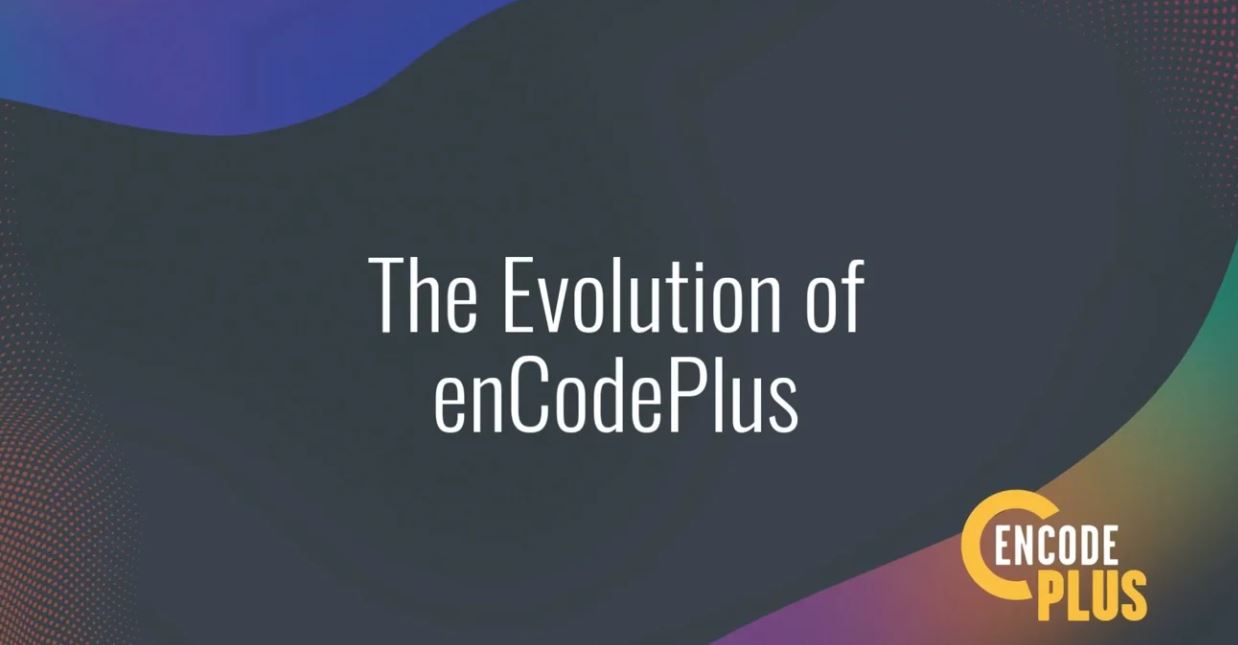enCodePlus has evolved into the fully integrated, feature-rich municipal planning and zoning platform it is today.

With roots in the early ‘90s as a simple PC-based software product designed to digitize zoning ordinances, enCodePlus has evolved into the fully integrated, feature-rich municipal planning and zoning platform it is today. enCodePlus has emerged as the industry-leading planning and zoning tool of choice for local governments of all sizes, from small communities to larger metropolitan cities and counties.
Early History
In the early 1990s, leadership at urban planning consultancy Lane Kendig, Inc. recognized that their clients needed a way to digitize their voluminous paper-based zoning ordinances. In response to this client challenge, their development team created ZoningPlus, a computer-based software that helped convert over-stuffed binders into a more manageable digital format. The simple text-based system converted Microsoft Word to html, supporting easy navigation and printing.
While ZoningPlus represented a giant step toward computerizing these important documents, the data was accessible only on the local computer on which it resided. Updates were clunky and providing support was difficult.
Migration to the Cloud
In the 2010s, developers began to rebuild the system from the ground up to move the software to the cloud. This shift made documents more accessible from any location and allowed Kendig Keast Collaborative (formerly Lane Kendig, Inc.) to offer more efficient technical support.
Until 2013, users of this innovative tool had all been clients of Kendig Keast Collaborative. Positive feedback and pressure from communities interested in using the software signaled that it was time to launch an even more robust platform that could serve outside cities and counties. enCodePlus was born.
enCodePlus Launched
At first, enCodePlus focused on zoning and land-development ordinances, but product developers could clearly see the potential for serving a broader market. After intensive market research and consulting with customers, planning departments and industry consultants, the team methodically adapted to respond to the specific needs of these stakeholders.
Enhanced Features Serve Broader Market
This new insight drove the development of robust new features like…
1. GIS integration providing text-to-map-to-text links to identify all regulations applicable to a land parcel, plus:
a. Land use lookup to query the zoning ordinance for the districts that permit, or specially permit, a defined land use, with a map display delineating all districts across the jurisdiction;
b. Multiple Listing Service (MLS) point and listing data to locate parcels that are for sale or lease within the districts for which a use is queried;
c. Buffering a point, line, polygon, or parcel to identify all properties within a user-defined dimension, with spreadsheet output for mail-merge public notices; and
d. In 2Q of 2020, deployment of GIS Urban to perform three-dimensional spatial analysis and to test alternative development forms and types, and to conduct site-level review of applications for proposed development.
2. Collaborative drafting, editing, and commenting of ordinance text, tables, and graphics in an editor similar to MS Word, used by staff or consultant teams to facilitate new or updated ordinance development, archive and version management, printing/exporting, and web publishing.
3. Custom calculators used to quantify ordinance requirements, including parking, landscaping, buffering, signage, maximum units or floor area, floor area ratio, fees, or any other quantifiable standard.
4. Publishing a unique project website in a format that is easily edited and updated by non-technical staff to make information readily available to the public. The project site provides for community surveys, public input via an interactive map, along with a schedule of milestone deliverables and meetings, agendas and summaries, and interactive draft and final documents.
5. WebPlan used for drafting plan documents in the cloud and publishing them to the web in a fully-editable, interactive format, inclusive of in-line text, tables, and graphics, custom branding, and interactive GIS maps.
Local governments can now maintain, manage and update their own plans, codes, guidelines, specifications, and other such documents. Three new feature sets -Standard 90°, Advanced 180° and Premium 360° - mean that they can select the features required to fill their needs with scalable support from enCodePlus.
The new flexibility and functionality appealed to cities, counties and municipalities of all sizes, with populations from 1,500 (or smaller) to more than a million.
enCodePlus Today
Growing product awareness, word of mouth and successful implementations across the country have driven the evolution of enCodePlus, resulting in growth from two to 12 employees, extending its footprint to three (and soon, four) U.S. offices and expanding its client base to local communities in X states.
Advanced Integration - the enCodePlus Niche
enCodePlus offers a robust code-publishing and content-management platform linking zoning and land development regulations within the broader code of ordinances. Anchored by its fully integrated capabilities, enCodePlus is a unique planning management and zoning tool unavailable anywhere else in the industry.
The Future
The future looks bright for both enCodePlus and its clients. Its commitment to leveraging emerging technology means enCodePlus will continue to deliver new and exciting features and tools geared to streamline and enhance customer experience.
